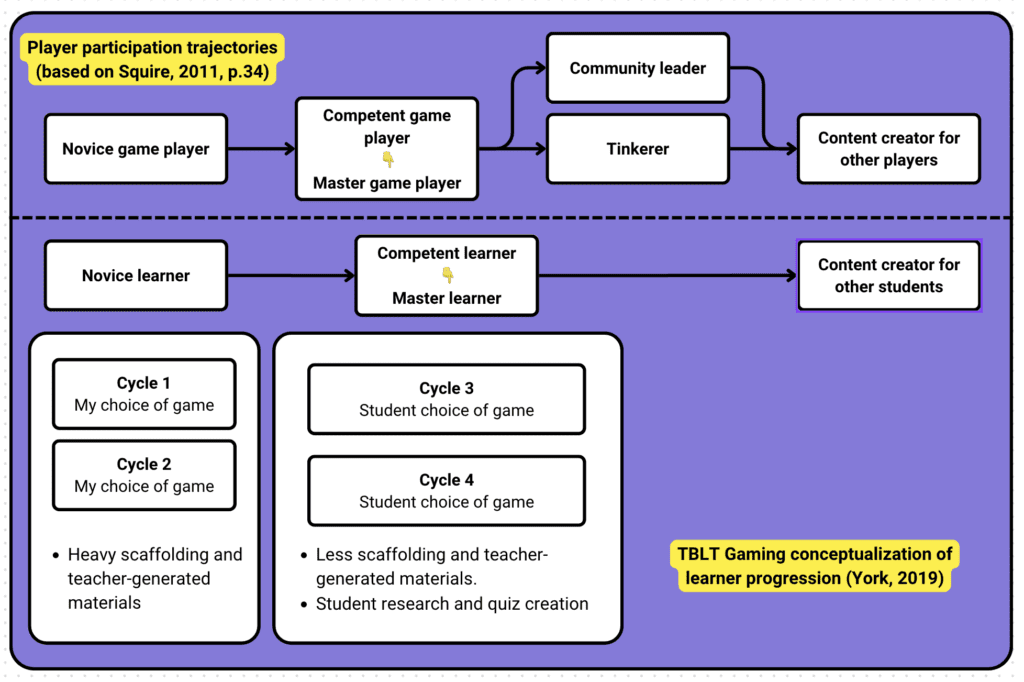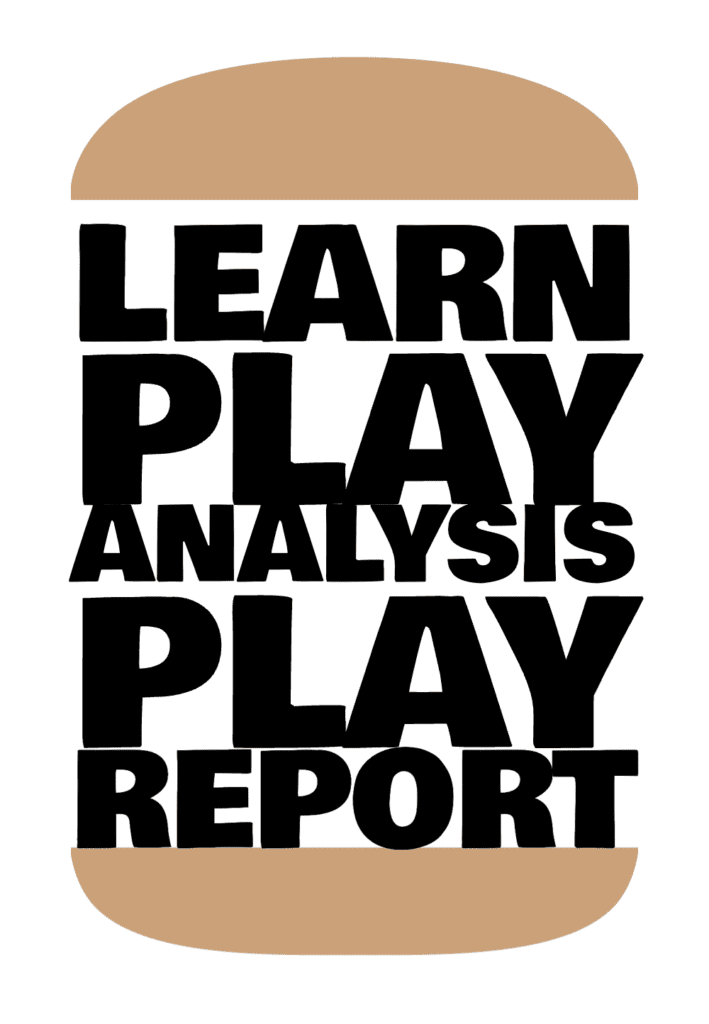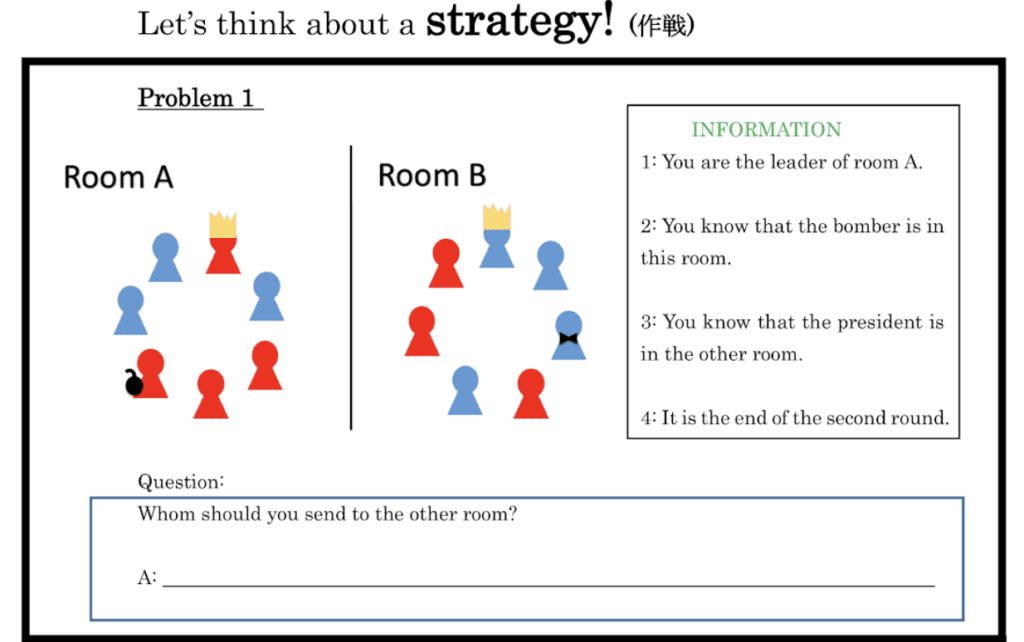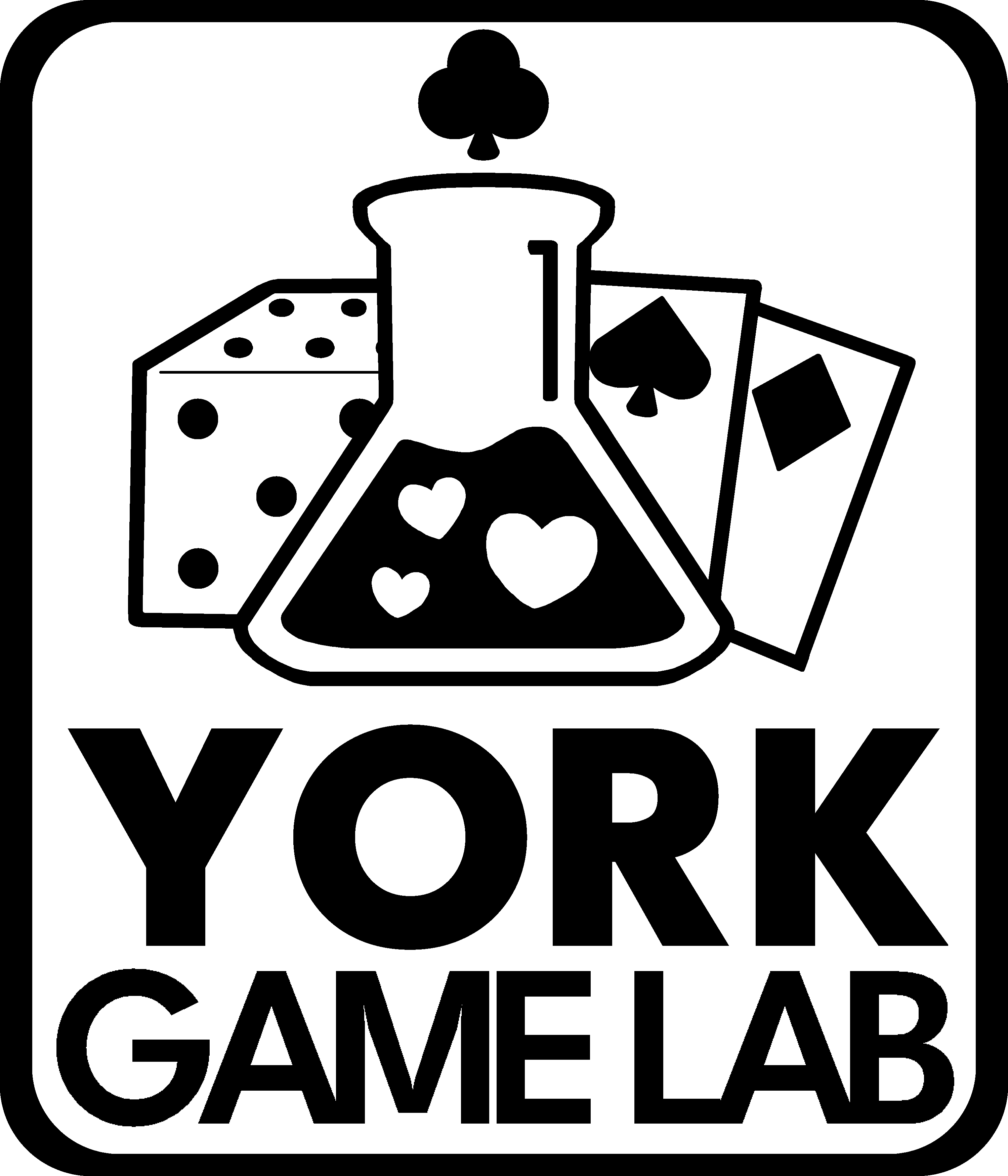Your cart is currently empty!
Integrating AI into the TBLT gaming framework
I’ve been working on integrating AI-generated feedback into the TBLT gaming framework recently and will outline how, and why I have been doing so in this post.
First, what is the TBLT Gaming framework?
TL;DR: It’s a TBLT approach to teaching languages with games. It looks like this:

Wanna know more? You can get a full outline of the framework and how I have used it in this video.
I also wrote about it extensively in this paper:
📖 Board games, TBLT, and player progression in a university EFL classroom.
Back to the topic of the post:
Why use AI-feedback?
One of the main reasons for me to implement it is that during the third and fourth cycles of the framework, students are largely in charge of their own learning (having gone through the framework twice already with games of my choice) and they also choose games by themselves (rather than me choosing) so there are many different groups playing many different games. This means that it’s hard to give individualized feedback to students when they are all doing different things, and I’m just one teacher.

This is the current way that I’m implementing this in class:
- Students first engage in self- and peer-feedback by looking at their transcripts and finding errors, making corrections with comments in the Google Docs.
- Then they ask ChatGPT for feedback:
- Grammar help
- Quiz creation
- Finally, students share with the class the things that they got corrected on and have been practicing (surprise! Most groups have the same issues (because they have the same L1))
More details on 2, above:
I show students how I create a prompt to have ChatGPT:

- outline the situation (playing “insider” to learn English)
- specify that I’d like help with grammar
- ask for a quiz to help me understand/learn the grammar points I’m having difficulty with
- Paste in the transcription for analysis
ChatGPT provides grammar instruction (which is sometimes wrong! So I still have some work to do here) and also a quiz (two images below) The quiz is infinitely repeatable/expandable just by asking for more questions. It’s a work in progress, but I’m quite satisfied with how I’ve integrated ChatGPT into the TBLT gaming framework so far.


More details
The class is focused on oral communication, so they use the quizzes generated by ChatGPT to help sharpen their language skills for their speaking test the following week (playing the games in English).
Questions you might have:
What guidance do you give for self/peer correction?
As mentioned above — “find your mistakes” (which is not easy!). I do a tutorial on common errors in terms of morphological, lexical and syntactic errors, and circle around to help them spot their own errors, but there’s not enough time to do them all (especially for the 3rd and 4th cycles). That’s one of the reasons I choose the games in the first two cycles — so that I can create materials that will be applicable to EVERYONE’s errors.
How does the self/peer correction fit into your lesson or curriculum?
It’s a big part of the “analysis” (language focus) class that comes between game play classes (remember the bread in between the two patties
)

Is the self/peer correction assessed or accounted for in some way, or similar to GPT-born quizzes, just encouraged as a means to reach a better outcome on the ultimate assessed work?
It is not assessed in this format. One thing that I have students do which is assessed is for them to make situational quizzes (like chess puzzles) for each other to help them think about the language they will need in upcoming sessions (I’ll attach an example)
- Students all make a quiz question for all other students in their group to answer, based on a situation that could occur during gameplay.

Thanks for reading!
— James

Leave a Reply